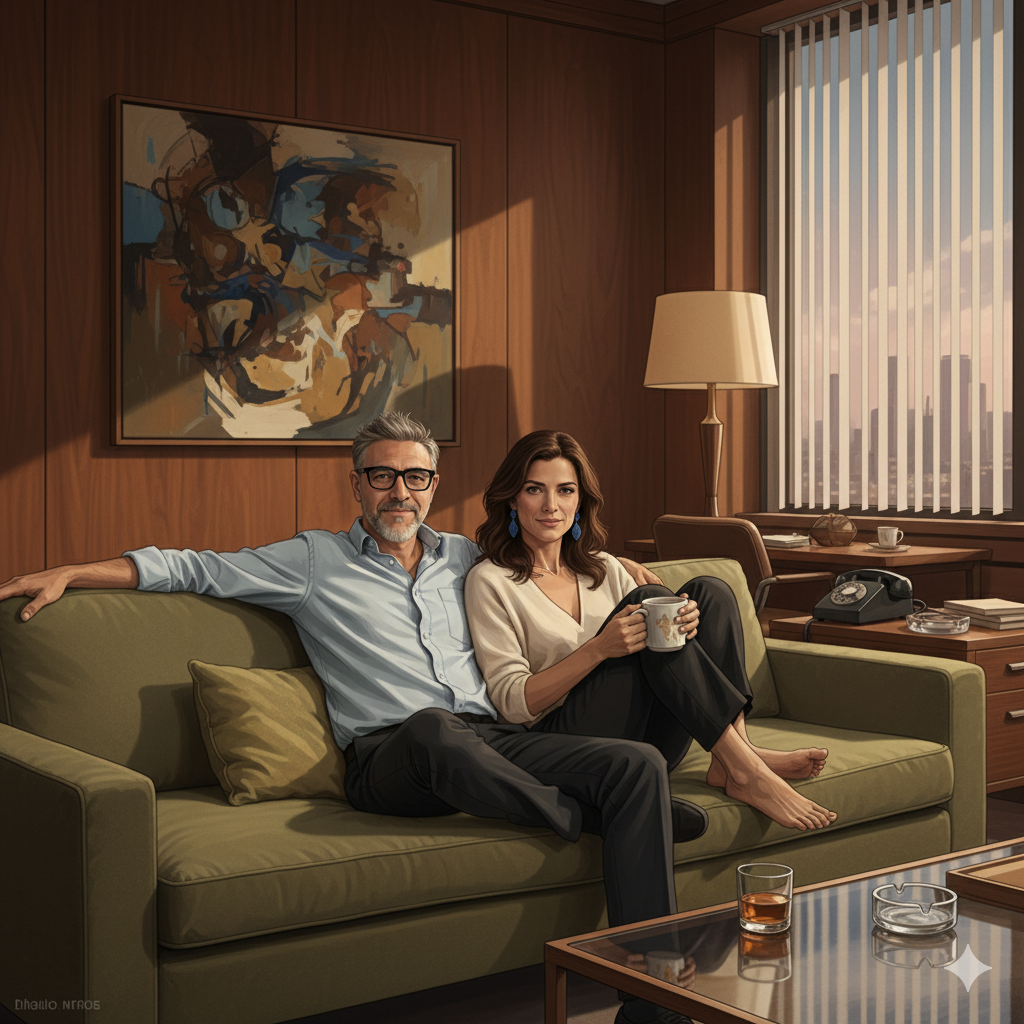Strange truths often hide in plain sight, like the overlooked reality that while our minds might meticulously compute square footage, plot lines, and asset appreciation, our bodies engage in a different kind of arithmetic. In the realm of property buying, what the brain ignores, the body feels. This peculiar dance between cerebral calculations and corporeal sensations holds the key to revolutionizing the real estate pre-sales process. Imagine, if you will, a transaction that flows as intuitively as adding an item to your Amazon cart.
The property buying experience has traditionally been a performance, an orchestrated presentation where facts and figures vie for attention but often fall short in guiding true decision-making. It’s not that these traditional tools—floor plans, renders, brochures—lack information; they lack the ability to weave it into a tapestry that the whole body can understand. Consider a floor plan. It’s much like a puzzle piece without a picture—understandable in isolation but disorienting without the full context. Without spatial continuity, buyers often find themselves lost in a maze of measurements.
Yet, our bodies crave a different kind of knowledge: the kind gleaned through movement and emotion, through the unspoken sense of ‘rightness’ when inhabiting a space. Here is where virtual tours begin to play their transformative role. By allowing potential buyers to engage with unit-specific tours that mimic the reality of sunlight pouring through windows or the particular orientation of an apartment, we create a bridge between cerebral understanding and bodily perception. It’s akin to time travel, offering a preview of future serenity within those walls.
Trust is the cornerstone of any transaction, and it grows strongest where doubts are weakest. Virtual tours, when enriched with context—be it building, amenities, or neighborhood life—reduce uncertainties significantly. They offer a fluid experience that turns what was once the seller’s rehearsed performance into a buyer’s spontaneous exploration, a shift from being shown to discovering. Just as the Amazon effect trained us to trust the process of online shopping with ever more significant purchases, a similar paradigm shift is underway in real estate.
What makes this transition seem less like a far-off fantasy and more like an impending reality is the ease with which these components assemble into a seamless, trustworthy experience. Each virtual tour becomes a tile in the grand mosaic of a stress-free property acquisition, reducing friction at every step. Consider how capturing buyer behaviors through these tours not only informs personal fit but builds a smoother chain from initial exploration to confident decision-making.
The future glimpsed through this lens is notably calmer and supremely logical. It invites a world where decisions about homes—a term that carries both emotional and financial weight—are made with the same clarity and trust as our next online purchase. Once each aspect of the real estate interaction, from engagement to exploration, builds effortlessly on the last, the whole will certainly evolve to match the elegance and simplicity of such a vision. What once seemed so laden with risk and doubts will become as fluid as checking out of an online store, a harmonious alignment of mind and body, calculation and sensation.



